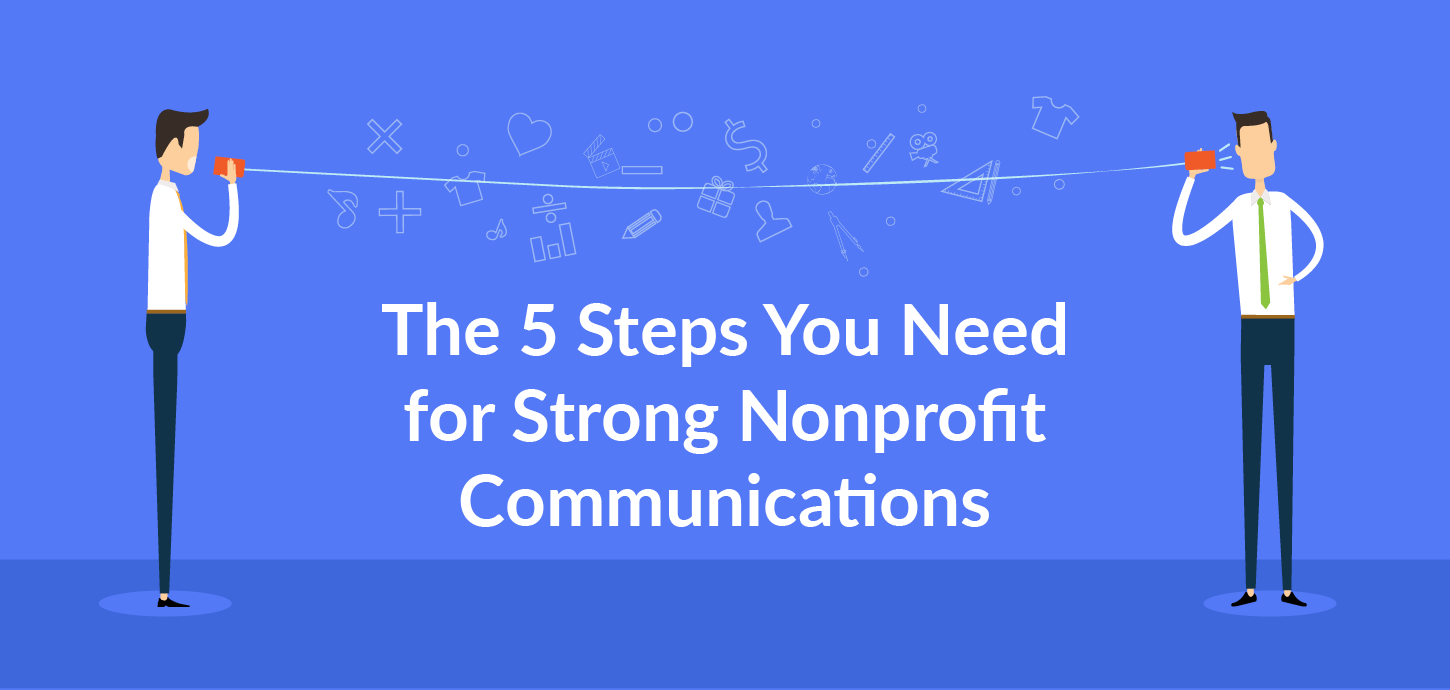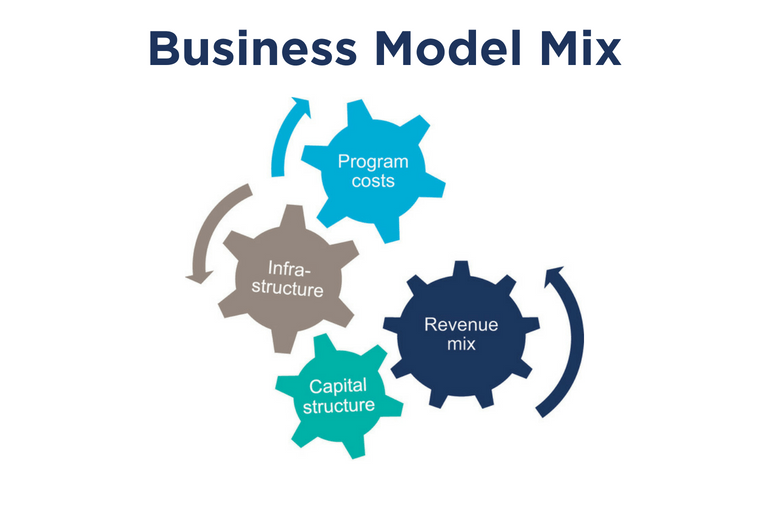The Relevance of Partnership and Collaboration for a Nonprofit Company in Maximizing Resources and Enhancing Neighborhood Engagement
In the realm of nonprofit companies, collaboration and partnership become crucial systems for intensifying sources and fostering community interaction. By tactically involving with various other organizations, nonprofits can take advantage of shared proficiency and financial backing, therefore resolving facility social obstacles much more adeptly. Furthermore, these partnerships not just enhance program efficiency however likewise cultivate a much deeper feeling of community participation and possession. Yet, truth capacity of these joint efforts frequently continues to be untapped, questioning about just how ideal to navigate partnerships for ideal influence and continual success. What elements add to the performance of these cooperations?
Benefits of Cooperation

Additionally, cooperation cultivates advancement by urging the exchange of concepts and best practices. When organizations collaborate, they can discover diverse viewpoints, leading to creative remedies that might not emerge alone. This common problem-solving method can inevitably boost solution distribution and program outcomes.
Additionally, collective efforts can boost community interaction. When nonprofits partner with one an additional, they can mobilize more comprehensive assistance from stakeholders, consisting of volunteers, benefactors, and community members. This cumulative engagement not just increases visibility yet additionally enhances the trustworthiness of the participating companies.
Building Strategic Partnerships
Collaboration amongst not-for-profit agencies commonly causes the development of critical collaborations, which are important for optimizing influence and achieving common goals. These partnerships make it possible for companies to leverage each other's toughness, enhancing solution delivery and increasing outreach. By lining up objectives and purposes, nonprofits can develop a synergistic result that enhances their reach and effectiveness within the area.
Building calculated partnerships calls for cautious planning and shared understanding. Establishing open lines of interaction cultivates trust fund, enabling partners to review sources, obligations, and assumptions transparently.
Additionally, clearly defined duties and duties are important for liability and success. Formalizing the collaboration via written contracts can offer a structure for cooperation, detailing the extent of work, efficiency metrics, and examination methods. By promoting these calculated partnerships, not-for-profit companies can boost their capability to address area demands, innovate remedies, and mobilize sources successfully, ultimately bring about a more lasting and considerable influence in the areas they serve.
Sharing Resources Efficiently
Exactly how can nonprofit firms maximize their impact via efficient source sharing? By purposefully teaming up with other companies, nonprofits can boost their functional performance and extend their reach within the neighborhood. Source sharing involves pooling various properties, including funds, personnel, proficiency, and centers, to attend to common goals more properly.

In addition, leveraging each various other's toughness can cultivate development. By trading understanding and finest practices, agencies can improve service delivery and develop new services to community difficulties. Reliable source sharing also grows a feeling of unity, strengthening the concept that partnership is necessary for achieving substantial social impact.
Engaging the Neighborhood
What techniques can not-for-profit firms use to properly involve their areas? Firstly, developing open lines of communication is crucial. Using numerous platforms, such as social networks, newsletters, and area online forums, permits companies to share information, get feedback, and foster discussion. This two-way communication not only notifies the community about the agency's objective and tasks yet also welcomes input, making community members feel valued and involved.
Furthermore, forming partnerships with neighborhood companies can enhance outreach efforts. nonprofit agency. Collaborating with schools, businesses, and various other nonprofits can intensify sources and produce a much more comprehensive assistance network, permitting joint efforts that resonate with community requirements
Moreover, hosting community occasions, workshops, and volunteer possibilities can facilitate deeper engagement. These tasks develop a sense of belonging and encourage energetic involvement, making it possible for individuals to contribute to the firm's objectives while constructing partnerships with fellow neighborhood participants.
Determining Joint Success
Reviewing the performance of collaborative efforts is vital for not-for-profit companies looking for to maximize their effect. Determining collaborative success includes developing clear, quantifiable goals and making use of a variety of metrics look at this site to analyze efficiency. Key indicators may consist of the number of collaborations formed, sources shared, and the substantial outcomes achieved with cooperation.
To efficiently measure success, nonprofits need to apply a framework that incorporates both qualitative and quantitative data. Meetings and surveys can supply understandings right into stakeholder contentment and the regarded worth of partnerships. Furthermore, tracking metrics such as service reach, neighborhood involvement degrees, and economic efficiency can use a detailed view of collaborative performance.
Normal analyses must be conducted to identify locations of improvement and finest techniques. This iterative process not just improves responsibility however additionally promotes a society of continual knowing within the organization - nonprofit agency. By transparently sharing evaluation results with stakeholders and partners, nonprofits can enhance relationships and develop trust
Inevitably, determining collective success allows nonprofit companies to fine-tune their strategies, allocate sources a lot more efficiently, and reinforce their mission-driven efforts, causing a better cumulative influence on the areas they serve.
Conclusion

In the world of nonprofit companies, collaboration and collaboration emerge as crucial devices for cultivating and magnifying resources community engagement - nonprofit agency. By cultivating these strategic alliances, not-for-profit companies can improve their capacity to resolve community needs, introduce solutions, and mobilize resources properly, eventually leading to a more sustainable and substantial influence in the communities they serve
By tactically collaborating with various other companies, nonprofits can boost their functional effectiveness and extend their reach within the community.What other strategies can nonprofit companies utilize to successfully engage their areas?Cooperation and partnership stand as important pillars for nonprofit companies intending to take full advantage of Find Out More sources and improve neighborhood engagement.